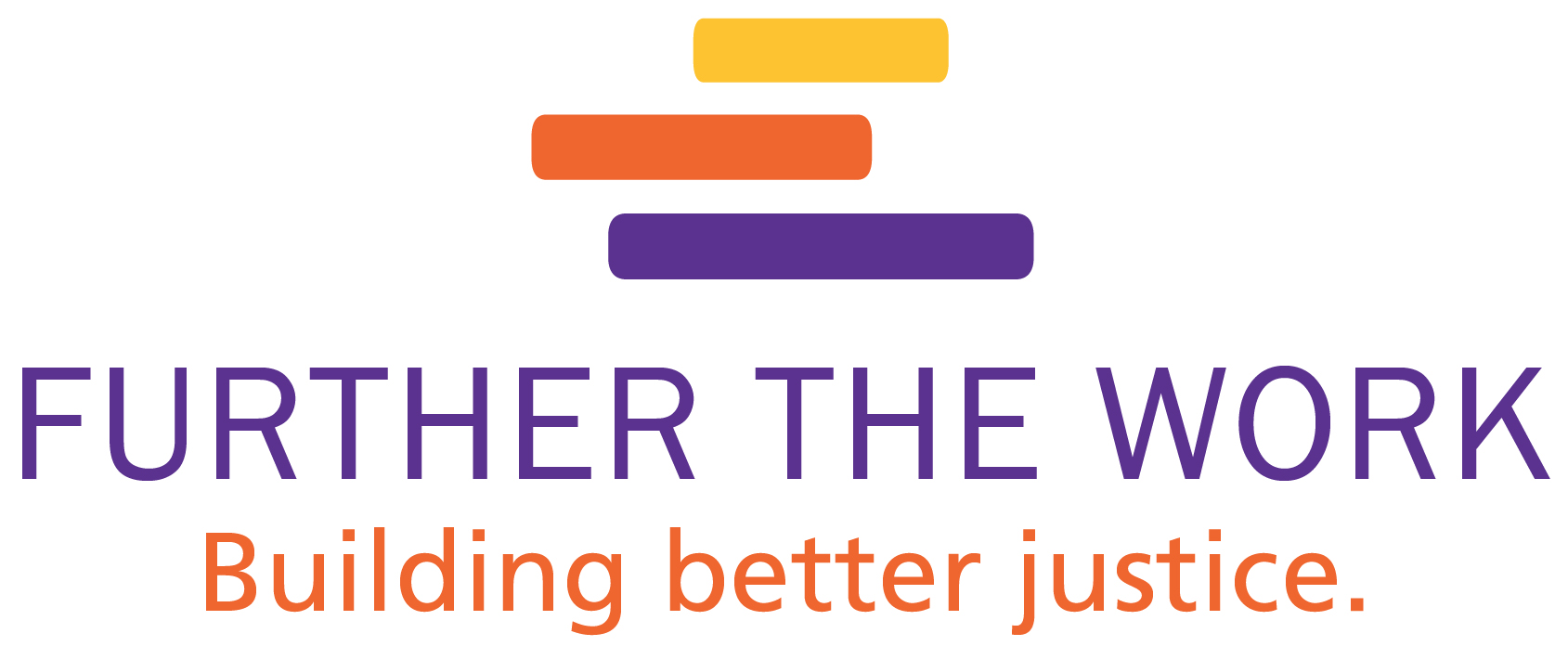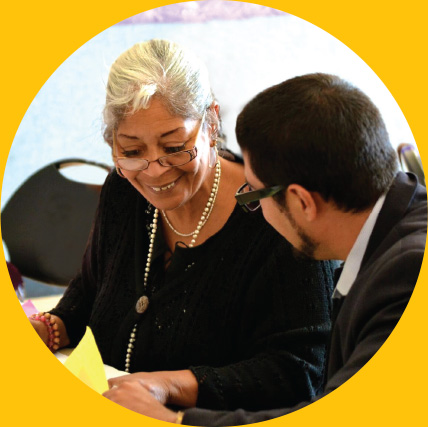Facilitation and Multi-Stakeholder Process Management
Youth Justice Initiative
Client
Employment and Human Services Division
Amounts and Funding Sources
United States Bureau of Justice Assistance, Edward Byrne Memorial Justice Assistance Grant (JAG)
Purpose
A public/private multi-sector partnership of juvenile justice agencies, community-based organizations, and a public-school district, the Youth Justice Initiative is devoted to advancing optimal outcomes for youth at highest risk for involvement in, or already involved in, the juvenile justice system.
Supported by pass-through federal funds, the Youth Justice Initiative was designed as an intentional disruption of business-as-usual for children and young people. We seized this project as an opportunity to work with justice partners, community coalitions, a school district, and human services to design a wholly-new resource. The Youth Justice Initiative was intended to serve as a county-wide think tank and coordinating agency to develop juvenile justice policy, identify and disseminate best practices, and pilot and test new approaches to reduce rates of youth-related violence, recidivism, and racial and ethnic disparities. After designing the project, FTW the winning, $3 million proposal, which was ranked among the top three statewide.


